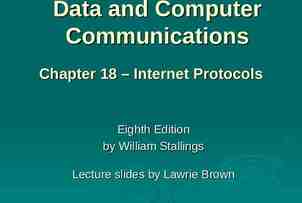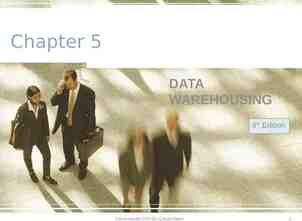Hot Climate Initiatives National Low-Income Energy Consortium Phoenix,
81 Slides8.97 MB
Hot Climate Initiatives National Low-Income Energy Consortium Phoenix, Arizona June 16, 2005
Hot Climate Initiative Hot Climate Initiative started back in 1995 Shortly after getting started, Weatherization funding was cut almost in half and the Hot Climate Initiative was tabled With recent increase in funding: – Weatherization Plus strategies were implemented – Hot Climate Initiative was revisited
Hot Climate Initiative State and agency representatives from hot climate regions of the country met in Phoenix in May 2001 Generated and prioritized list of action items including: – – – – – Training – Evaluation Audit development– Leveraging Client education – Priority lists Review Appendix A – Bulk purchasing Multi-family – Sources of new labor
Hot Climate Initiative Hot climate states have received less Weatherization funding than cold climate states over the years As a result, hot climate states have had less funds for technical training While funding has increased recently, there still is not sufficient funding in many hot climate states to comprehensively train all agencies and contractors
Hot Climate Training Pilot Visited Alabama and Mississippi in late 2001 to understand state of the program in Southeastern U.S. Proposed a training pilot project, which DOE approved and funded Enlisted NRCERT and J&J Weatherization to develop curriculum and provide both classroom and hands-on training
Training Efforts to Date Completed Hot Climate/whole-house weatherization training in Mississippi, North Carolina, Tennessee, Alabama, and Georgia First pilot in Mississippi – Phase I: April-August 2002 – Phase II: April-June 2003 North Carolina and Tennessee requested training using the Mississippi model and funded with their T&TA allocation – North Carolina: July-November 2003 – Tennessee: January-May 2004 Pilot replicated in Alabama incorporating lessons learned – January-August 2004 Georgia – November 2004 – April 2005
Training Content Hot Climate training emphasizes whole-house weatherization, not just cooling-only measures Even in hot climates, savings in heating energy drive costeffectiveness of most measures Reducing heating load also reduces cooling load
Training Structure Orientation training for agency coordinators, followed by Multiple regional trainings for agency coordinators, crews, and contractors
Orientation Training Two days to introduce agency coordinators to whole-house weatherization approach Share Virginia’s experience in adopting whole-house approach in early 1990s Emphasize importance of combustion appliance safety Introduce pressure diagnostics, advanced air sealing, and dense-pack sidewall insulation
Regional Training Three one-week-long, on-the-job training sessions in different parts of the state For agency coordinators, crews, and contractors First day in classroom Second & third day in field Last half-day test out and wrap up
Regional Training Classroom training – Combustion appliance safety CO, venting, combustion air, worst-case draft – Pressure diagnostics & advanced air sealing Building tightness limits, zone pressures, common bypasses, mechanical ventilation – Truck/trailer rigging (short field trip to the parking lot)
Regional Training First day in the field – – – – – Assessment and estimation Combustion appliance safety testing Blower door testing and pressure diagnostics Attic bypasses Dense-pack sidewall demo before starting actual wall blowing – Two-part foam insulation demo – Refrigerator metering
Regional Training Second day in the field – – – – – Switch into “production” mode Continue blowing sidewalls Seal bypasses Blow attic Install/repair/replace kitchen and bathroom exhaust fans, if necessary – Install dryer vent, if necessary – Insulate water heater and water heater pipes – Clean window air conditioners, if applicable
Regional Training Final day – Finish installing any final measures – Test out – Clean up – Review equipment maintenance – Wrap up
Lessons Learned The right people must attend training – Crews and contractors should attend, not just agency coordinators Biggest obstacle to adopting the whole-house approach is prevalence of unvented gas/propane space heaters
Lessons Learned While comprehensive, on-site, and hands-on, this training is just a start – Long-term commitment to consistent training is crucial Monitors have to be on same page – Must go through same training – State organizational issues
Lessons Learned Several agencies need to embrace the whole-house approach and lead others Peer training is extremely effective – In-state agencies share experience – Agencies visit from another state Creating or reinvigorating an agency association increases communication
Implementation Barriers Requires strong state program management Investment in equipment and ongoing training is significant, but necessary Some agencies are hesitant to adopt whole-house-based priority list and deemphasize windows and doors Potential loss of existing contractors
Training Follow-Up Develop technical program standards to reflect whole-house approach Revise agency contracts to reflect standards Monitor, monitor, monitor Standardize training and provide on an ongoing basis Comprehensive monitor training Give agencies the chance to succeed, but firmly enforce technical program standards





















































































